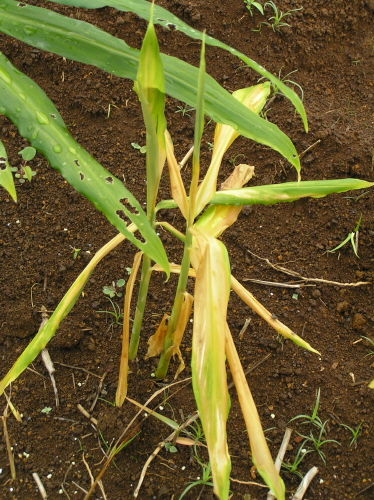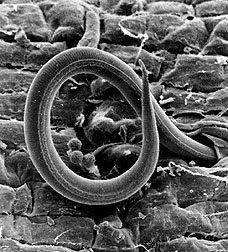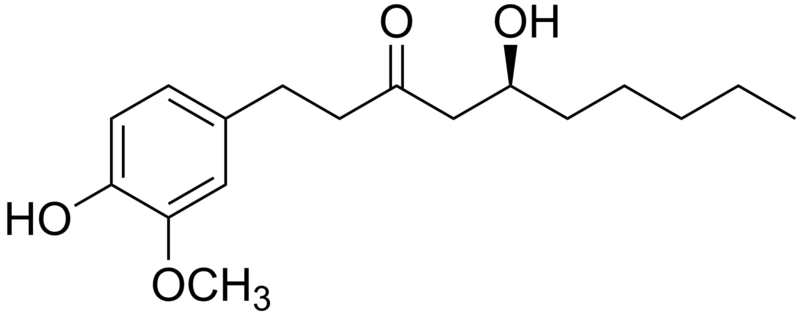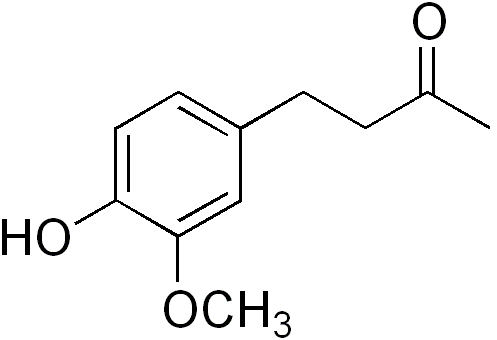Zingiber officinale
(Ginger)
Chelsey Rodger
Bio 203: University of Wisconsin- La Crosse
Interactions
Sadly, garden ginger is involved in many parasitic relationships. A parasitic relationship is a relationship where one organism benefits while the other is harmed.
1. Bacterial Wilt is caused by a strain of bacteria known as Pseudomonas solanacearum. This bacteria targets primarily the lower leaves and eventually the shoot of the plant. Once the shoot is softened by this disease the shoot can be easily broken off from the root, destroying the plant. Bacterial Wilt also targets tomato, pepper, and eggplant.
2. Fusarium Yellows and Rhizome Rot are formed by a fungus called Fusarium oxysporum f. zingiberi. This fungi targets the entire vascular system of the ginger plant, and in time completely dries out the plant by shutting down the vascular system of the underground rhizome.
3. Root-knot nematode is a disease caused by a nematode named Meloidogyne incognita. This nematode causes lesions in the rhizome epidermis which can be entry points for bacteria and fungus to enter the rhizome.
Medicinal and Chemical Interactions
Zingiber officinale's root is the primary source of relief for many people who suffer from medical complications or discomfort. The root is composed of volatile oils and pungent phenol compounds. A few common discomforts that can be relieved by the root are:
1. Inflammation
2. Nausea
-Chemotherapy
-After surgery
-Pregnancy
3. Motion sickness
Gingerol is a compound found in ginger it is a relative of the spice that gives chili peppers their spiciness. This is the compound that is responsible for relieving nausea and motion sickness.
Zingerone is the molecule responsible for the pungent taste and the anti-diarrheal effect of ginger. This molecule can be obtained by cooking the ginger.
Shogaol's chemical compound looks quite similar to gingerol. The only difference between the two compounds is the absence of a hydroxyl group and the presence of a double bond in shogaol. This compound can also be derived by drying or cooking ginger.





